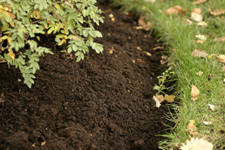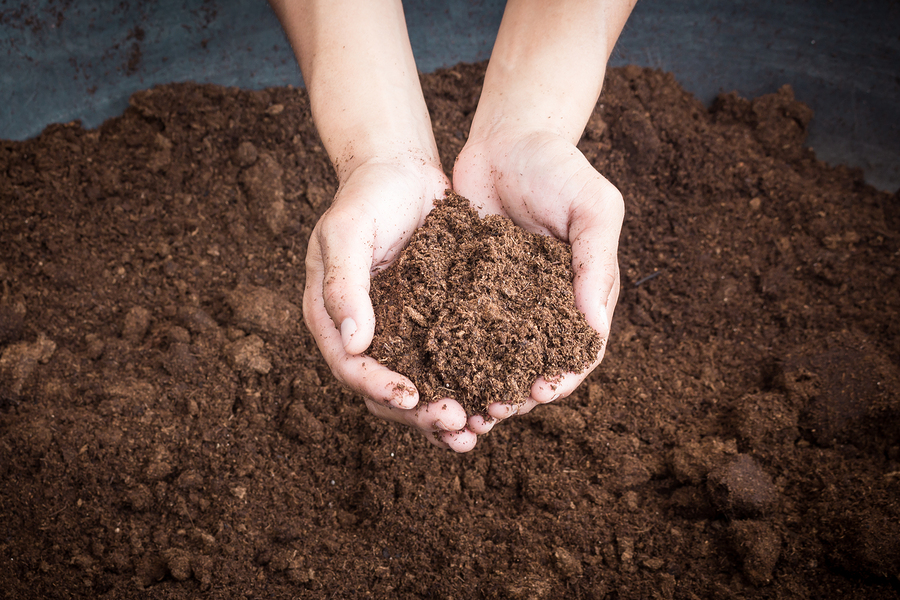The Science Behind Holganix
Entry six: When it Comes to Plants, Soil Is King
No matter how hard you try, you can’t grow phenomenal plants from poor soil. After all, soil structure is the foundation for the growth of your plants; much like how a house needs a sound structure, so do plants. Soil structure is composed of three main components: sand, silt and clay. When one or more of these components forms a larger part of the soil, it’s like a poorly constructed foundation and creates problems from the start.
Sand Based Soils:

Sand-based soils have no natural source of nutrients. This means that the soil has difficulty holding in fertilizers. As a result, you have to continuously be fertilizing in order to make up for the loss of chemical product. This type of soil needs constant love and care to let the turf grow to its full potential.
Clay Based Soils:

Clay-based soils are loaded with micronutrients, but are super low in the macronutrient nitrogen needed for color, growth and more. It will hold applied fertilizers better than sand-based soil, but clay-based soil doesn’t properly drain excessive water away from the root zone. This issue causes the roots and seed to rot during wet conditions. To make matters worse, the soil becomes rock like after only a couple weeks with no water. This may be good for flowerpots but not for growing grass and plants!
Silt Based Soils:

Lastly, silt-based soils generally contain micro and macro nutrients, drain fairly well and can produce a good root structure. However, it does have its drawbacks. Its light texture can blow away in high winds or wash away in heavy rains. It also tends to have a crusty surface from drying out, ultimately causing the seeds to germinate poorly.
How can you solve soil structure problems? There has always been a natural way of providing nutrients to plants and changing soil structure. This is a process done by amending the structure with additives like gypsum to clay soils or organic matter to sandy soil. These are a few examples that have been used. Biotechnology has come a long way in the past 10 years. At Holganix, our systems are designed to change both soil structure and increase soil microbial activity using state-of-the-art technology. If you are interested in learning more about microbial activity and how it relates to Holganix, check out our blog entry called Hidden Helpers.
Works Cited
Title photograph:
Sandy soil photograph: http://images.magic1278.com.au/2012/02/09/2965715/424-Sandy-Soil-424x283.jpg
Clay soil photograph: http://www.finegardening.com/CMS/uploadedimages/Images/kitchen_gardener/041_soil_ribbon1_med.jpg
Silt soil photograph: http://www2.ville.montreal.qc.ca/jardin/en/info_verte/fertilisation/texture.htm
 3 min read
3 min read
-2.jpg)
-1.jpg)
-1.jpg)
-1.jpg)
.jpg)

-2.jpg)
-1.jpg)
-1.jpg)
-1.jpg)
.jpg)







.webp)
-1%20(1).webp)
-831535-2.webp)





-1.png)